It’s where Diana dined – but does the new Le Caprice capture the old school glam of the original?
In its Eighties and Nineties heyday, Mick Jagger, Kate Moss, Elizabeth Hurley and Princess Diana all waltzed through its famous doors to dine (and gossip) in style. As Jeremy King opens Arlington on the same spot in St James’s, Josh Barrie bags a table at the hottest restaurant in town to see if it can still work its magic
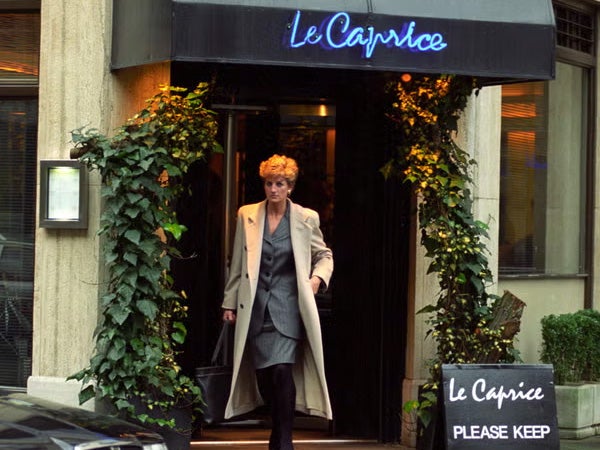
Restaurateur Jeremy King tells me customers have been moved to tears upon entering Arlington, his first restaurant since departing Corbin & King, very much an echo of the glamorous Le Caprice that stood in this same spot in St James’s for so many years before.
Much has changed and yet, to the untrained eye, it looks the same: glossy black and white tones, elegant strip lighting, mirrors and David Bailey photographs. From a table in the middle of the restaurant, we watch well-dressed types come and go. New, but old scalloped wine buckets are on their way. “So we can fit three bottles in one bucket,” King explains.
Is Arlington a pastiche? Or is it a time warp, through which to view a more romantic time? First, it is King returning to the industry he departed from. To where, for him and former business partner Chris Corbin, it really all began – in 1981, when King was just 27.
“I wanted to come back to restaurants because it was an abrupt severance before,” he tells me. In April 2022, after a long-running boardroom dispute with Minor International (which now owns the group outright) King was ousted from Corbin & King, the company he co-founded in 2003 with Corbin (who stepped back several years before). It was messy, and King didn’t want to leave the game.
“I felt I still had plenty to do. And I looked forward to new projects before I was retrospective. [Arlington] is a combination of both, I suppose. It isn’t exactly the same restaurant even if it seems like it is. It’s all in the detail.”
The restaurant talked about today, though founded in 1947, was an era-defining space in the Eighties and Nineties that welcomed Mick Jagger, Kate Moss, Elizabeth Hurley and Bill Clinton.
The connections and memories are everywhere. Tatler has tales of Ian Dury strolling in with the painter Peter Blake, pausing only to give actor Omar Sharif a mouthful at another table. Dylan Jones, now editor of the Evening Standard, recently wrote about finally being given Princess Diana’s old table in the corner and spending thousands wining and dining advertisers.
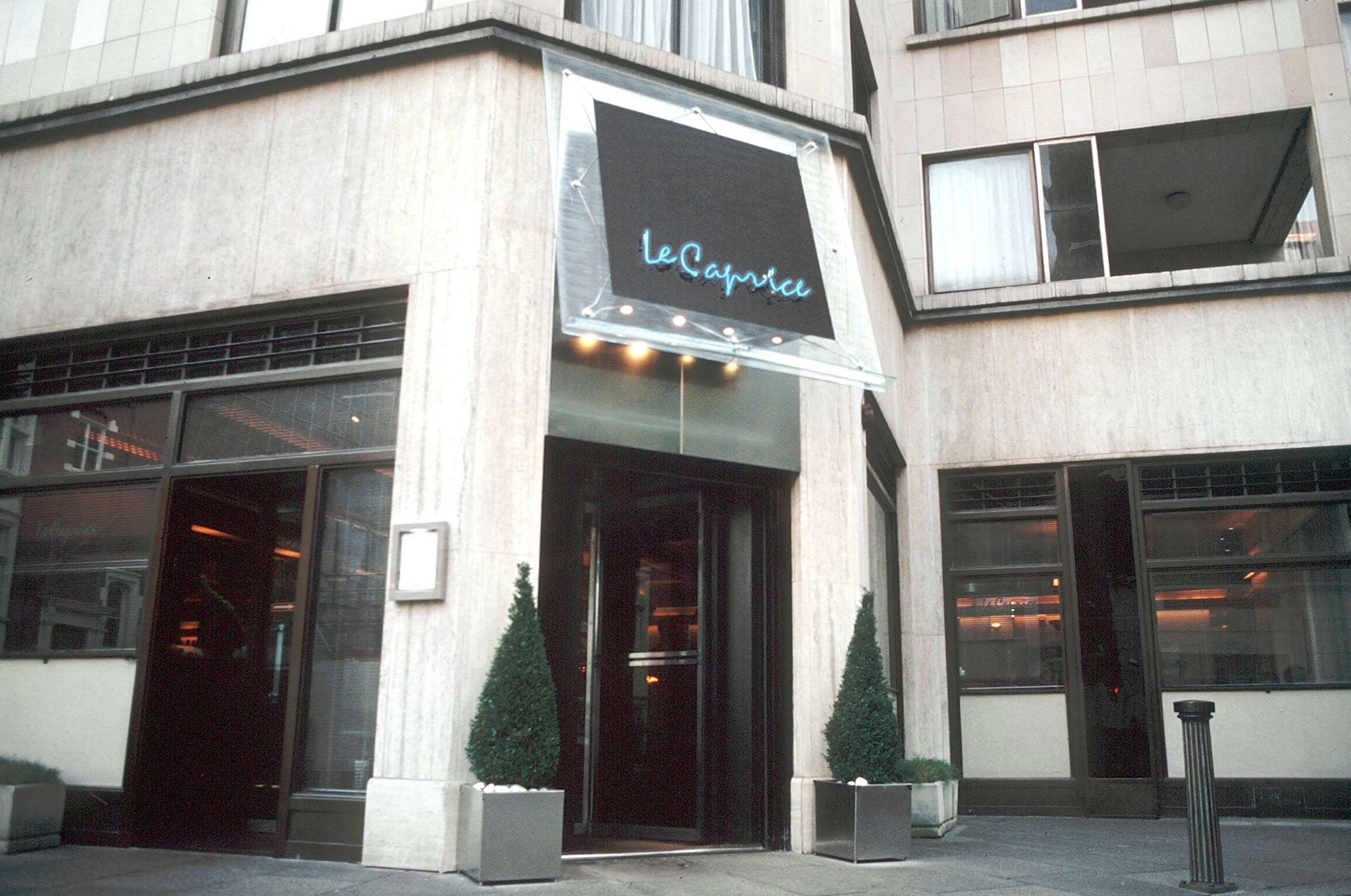
I was told not so long ago that Paul Raymond used to live in the flat above and on the day Princess Margaret died he came down in a dressing gown and hairnet, shouting that the diners should “have some f***ing respect and keep it down”.
News of the reopening sent ripples through scores of diners, especially those who luxuriate in a romantic sort of restaurant culture. Arlington has already inspired nostalgia in the best of London’s food world. Nigella Lawson dubbed the place the “haunt of my twenties and thirties” and said: “It was so moving to be back. Like coming home.”
Through the doors from the off were the likes of Anya Hindmarch, Lady Helen Taylor, Tom Parker Bowles, and Soho House founder Nick Jones.
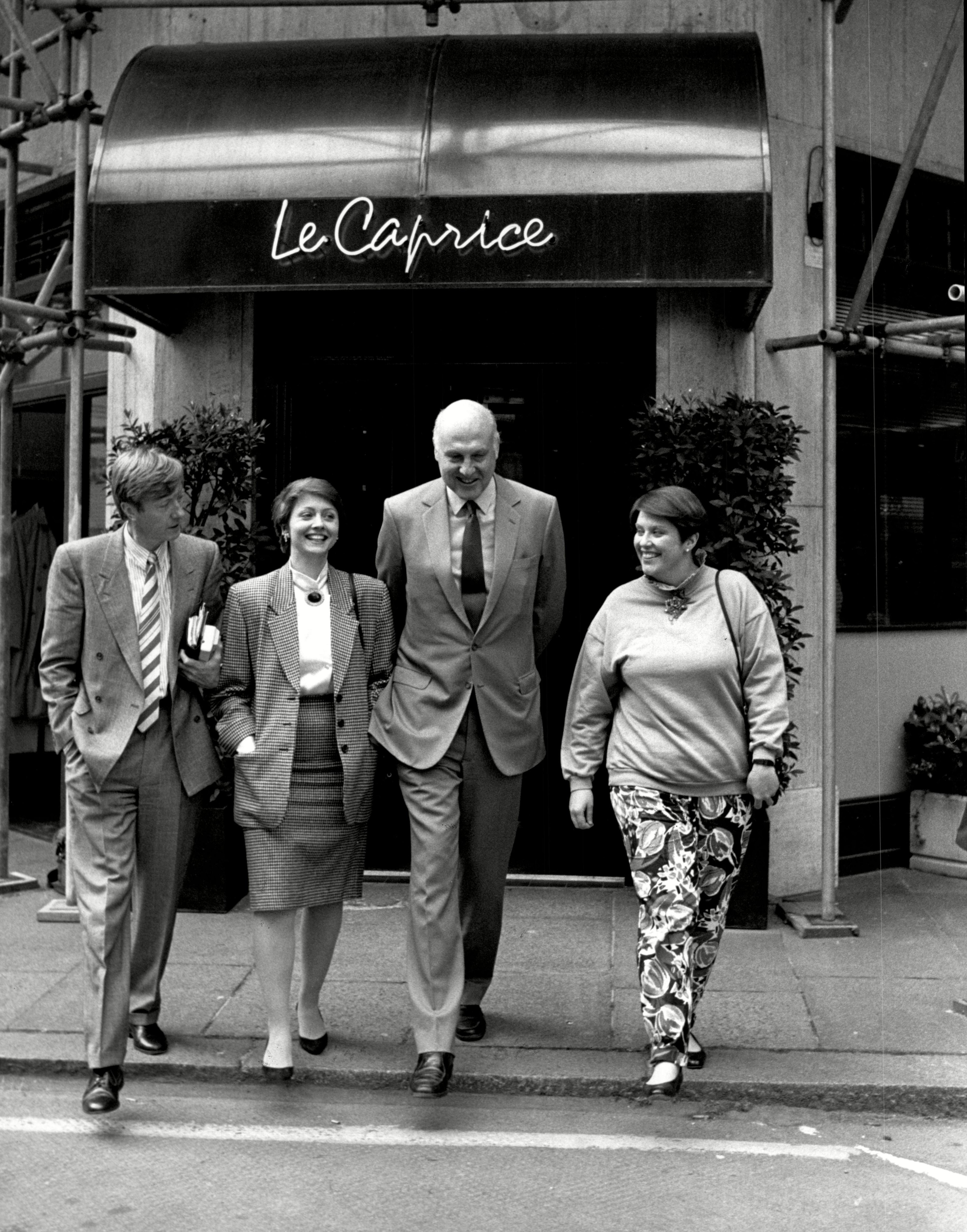
“I realised just how deep the feelings ran for Le Caprice,” King says. “When it opened, there wasn’t really anything like it. In fact, some took persuading, because we were doing quite innovative things that were considered shocking, such as having a middle section where you can have things like eggs Benedict.”
What, I wonder, was the catalyst? “Restaurants then were still very much part of a ghastly British class structure. In many ways, it was those two guys up there (King points to a Bailey photograph of the Italian restaurateurs Mario and Franco) who made a big difference. They helped to democratise restaurants.
“I’m a great egalitarian and I think it’s important to be inclusive because that’s when you meet the most interesting people. A restaurant is not necessarily about the richest diners. You have to find a way to welcome and accommodate everybody.”
Though not exactly the prices of 20 years ago, they aren’t pitched too high, either. Starters are sub-£20, many well under, and most main courses £30 or less (that’s not to say there isn’t ample room to indulge and spend big). These might be enjoyed if only you can get a table. All would predict that doing so won’t be easy, at least on a Thursday or Friday night.
On the menu are classics, popularised in the old days and then pushing boundaries. They might seem dated now – bang bang chicken and the crispy duck salad – but they are not. Rather, they retain an ease and charm not easily found in a sector often befuddled by a ponderous search for identity that is not ever quite achieved.
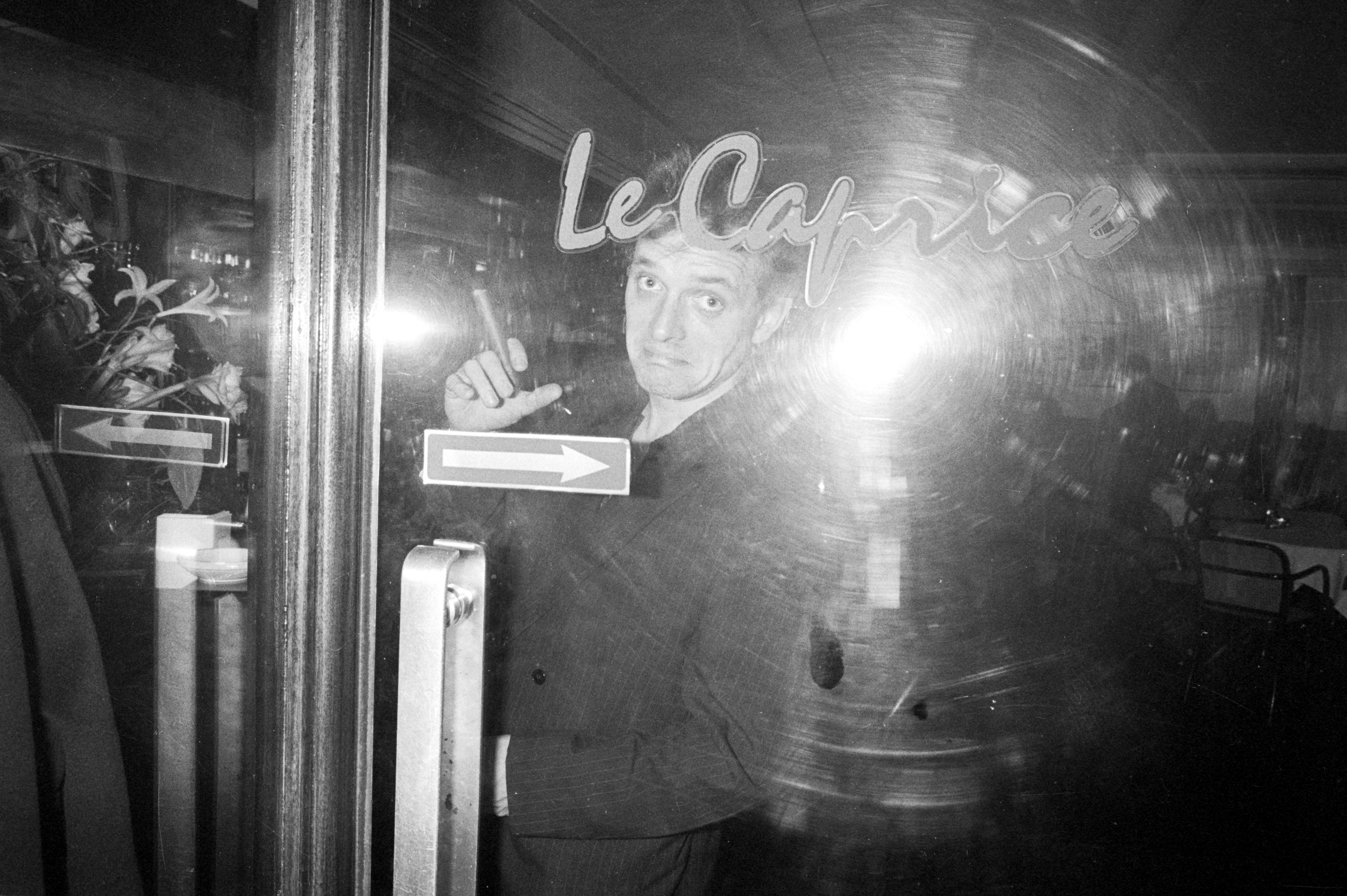
“It is important to have good food, made well and with good ingredients, and to have a restaurant where people can come in and spend a bit, or can spend much more,” says King. “It is quite Manhattan in style. In the early days, it was expat New Yorkers who really helped. And then the actors and artists, communities who loved the theatre.”
Much thought has gone into this recapturing of a time. Old school dining – white tablecloths, properly attentive service, omelettes absolutely everywhere – is back.
The respected designer Shane Brady was drafted in to polish the place, and much excitement came about when it was announced that London’s finest maitre d’, Jesus Forno, who was loved by many at Le Caprice before, would be stepping back into the fold.
To see him is much the same as being presented with a generous bowl of chocolate mousse, which has also made a glittering comeback.
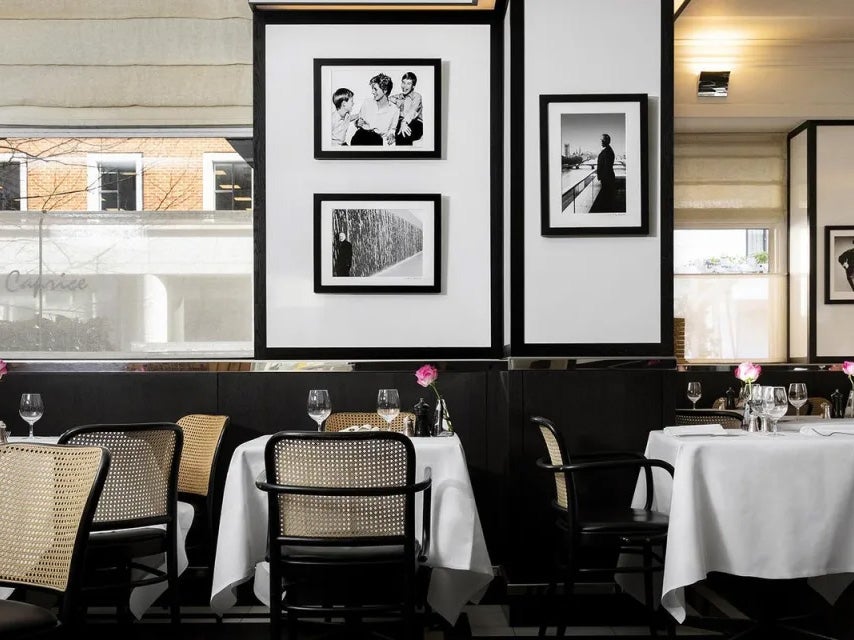
I wonder whether it was difficult to balance the old and new. Quoting The Leopard, by late Sicilian author Giuseppe Tomasi, King says: “If we want things to stay as they are, things will have to change.”
The mirrors behind the bar are new, so those facing it still get a sense of place. So are the blinds on the windows. The accents of black are stronger, not to be more imposing, but so the restaurant feels a little more intimate. It is odd: Arlington is neither a big restaurant nor a little one. When I visit to dine in the evening – a preview – Arlington is dim-lit and bustling; it feels sizable. In the light of day with lunch service settling, the dining room feels more intimate. It is a careful balance between the two.
“There are subtle changes that make a big difference,” King tells me. The chairs, for one, are padded now, but much has been done behind the scenes.
“I’m different as a restaurateur, too. Before, I was quite terrified, and although I’m still learning, I have the benefit of years of experience. Hospitality is a wonderful profession that you can do very well in. That certainly wasn’t a widely held belief in the Eighties and Nighties. To a degree, it isn’t now, but beliefs are changing.”
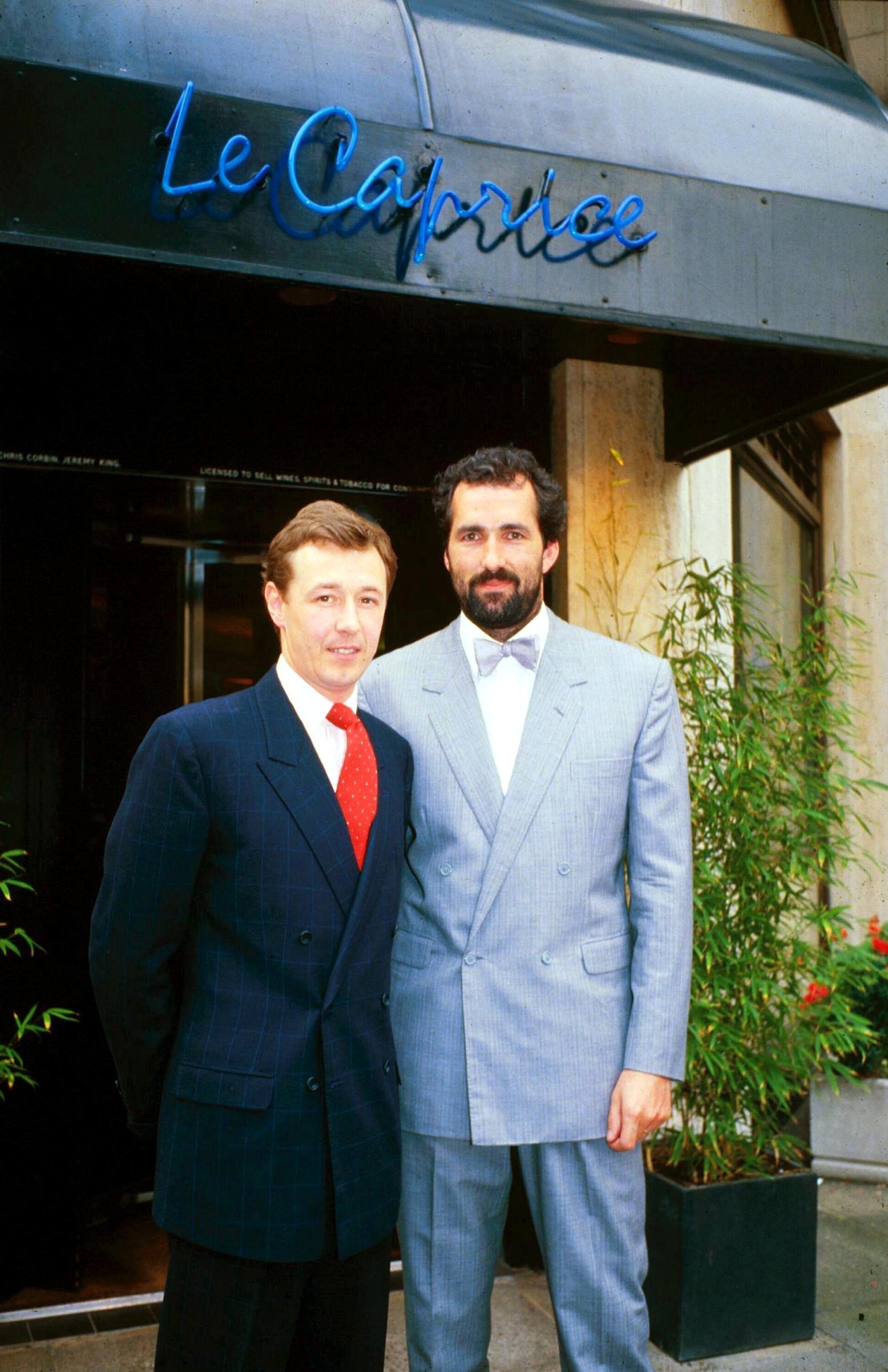
Family members had frequented Le Caprice and told me stories, but when I dined at Arlington a week before the interview, I could see, without predisposed ideas, what all the fuss was about. Even at lunch, two old pals, former regulars, are jostling to sit down at a table in the corner. “There are few classic, long-standing restaurants that have achieved almost mythical status, known as much for the profile of their clientele as for their gastronomic prowess,” says one, Donald Sloan, who oversees the Oxford Cultural Collective. “Le Caprice stood out above all others.”
Restaurant guru Hugh Richard Wright adds: “For me, the most exciting thing about Arlington is the sheer poetry and symbolism of Jeremy King coming full circle to where, really, it all began for him. He made his name with Le Caprice, and when he lost Corbin & King, I think some people – foolishly – thought that was the end of Jeremy as a restaurateur. Building a new empire from his original restaurant feels incredibly poignant.”
Given all the poetry and symbolism, I wonder whether King feels emotional. He is classically forthright and reserved. Warm, but reserved. Might this be an opportunity to soften?
“I’m not emotional,” says King. “Not about the restaurant as such, though I am thrilled to see it back. What makes me emotional is when I see the impact it has when people walk through the door. I’ve seen tears.
“I think the best restaurants feel like clubs. People want to feel comfortable and heard. It’s the human condition. You can get lost very easily in London. Here, you feel part of something.”
Arlington will open 11 March. Reservations are now open
Join our commenting forum
Join thought-provoking conversations, follow other Independent readers and see their replies
Comments


Bookmark popover
Removed from bookmarks